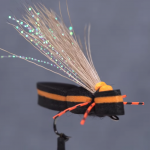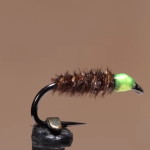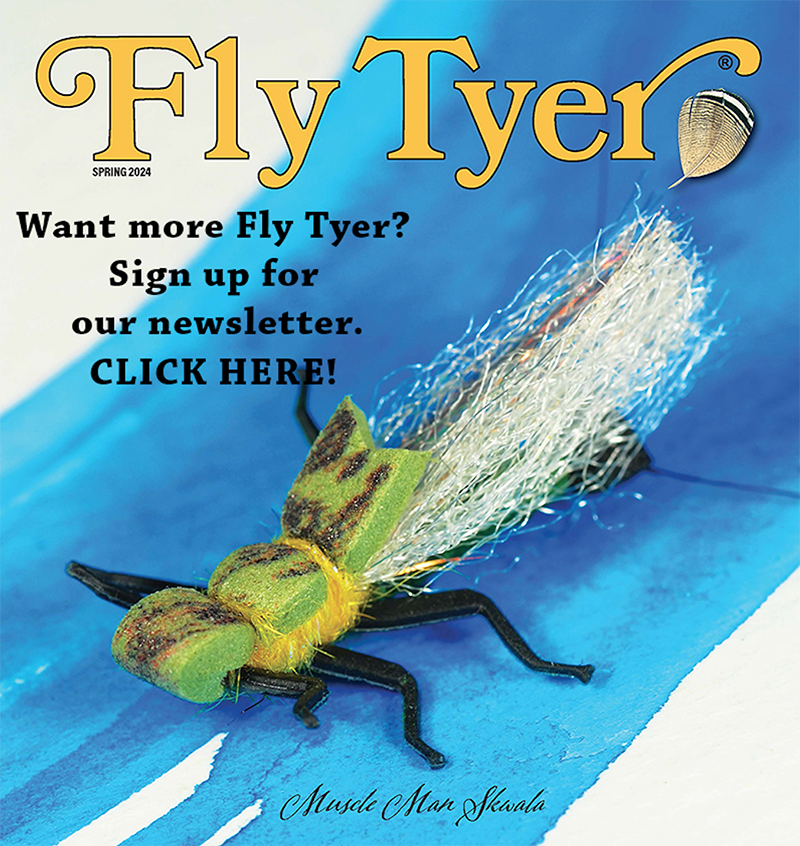Crayfish, mudbugs, crawdads, or whatever you call these juicy crustaceans, trophy bass and trout love them.
[by Craig Riendeau]
“THERE IT IS!” MY FISHING PARTNER EXCLAIMED as he peered over the port side of the boat into the tannic waters of the Wisconsin River. “Look, there’s an even bigger one,” he continued excitedly.
No, my pal was not spotting monster smallmouth bass under our drifting boat, but rather the key to catching those fish—crawdads! Crayfish, mudbugs, crawdads, or whatever regional name you call them, these widespread crustaceans are a major food for all species of bass, and they are especially important to bass living in rivers. This probably has to do with the fact that in areas with increased current, such as lifts and runs, there’s a scouring action that exposes the rocky bottom. This, in turn, creates hiding places for crawdads.
The fact that bass are attracted to these same currents for oxygen and prime temperatures, and then use the exposed rocks as shelter against the current, is bad luck for the crawdads. It’s one of nature’s formulas: the best places for the fish to rest are also their kitchens.
My fishing partner’s job that day was to spot the crawdads and determine their predominant color so we would know what flies to use. “They’re definitely olive,” he concluded, giving us a good starting point to a successful day of fishing.
Making a Good Crawdad Imitation
A lot of factors make for a good fly, but with crawdad imitations, there are two main traits: First, the pattern must get to the bottom quickly, and second, it must stay there during the retrieve without hanging up.
Adding weight to the fly solves the first problem. But when going from fishing a riffle to a run and then to a pool, you’ll probably want patterns containing different amounts of weight; this variation will allow you to fish different water depths and current speeds. You can tie several flies, each containing a different amount of weight, or create one pattern in which you can change the weight. I tie a fly using a small rubber ring called a Riendeau Ringer.
When fishing, I simply slip a different size of dumbbell into the Ringer to change the weight of the pattern. I have seen bass refuse a crawdad pattern that drifted more than a couple of inches off the bottom but strike when the fly ticked along the bottom during the next drift. Quickly changing the weight of the fly was the key to success, and that is easily accomplished with the Riendeau Ringer.
The second part of the equation, creating a fly that will not snag the bottom, is easier to accomplish. A 60-degree jig hook of the correct size is all you need. With the weight positioned on the top of the shank and opposite the hook bend, the hook will flip over and the point will ride up and away from most snags. The extended-eye shank of the 60-degree hook also keeps your tippet off the bottom and from fraying as the fly ticks along the bottom. I have seen some really good-looking crawdad patterns but immediately discounted them as useless as soon as I saw that they were tied with the hook point facing down. If these flies were fished as intended, they would snag in only a couple of casts.
Crawdad Craig
Hook: Eagle Claw 60-degree jig hook, sizes 4 to 1/0.
Thread: Clear monofilament.
Weight: Riendeau Ringer to accept different sizes of dumbbell eyes, or a lead dumbbell (your choice of size) tied to the hook.
Eyes: 40-pound-test melted monofilament.
Antennae: Krystal Flash.
Claws: Sili Legs.
Body: Estaz or Crystal Chenille.
Legs: Sili Legs.
Shellback: Rainy’s Stretch Flex.
Rib: Vinyl Rib.
Rattle: Glass rattle for larger versions of the fly









